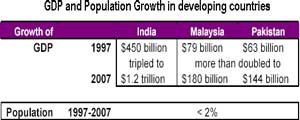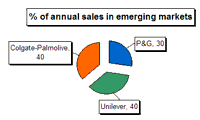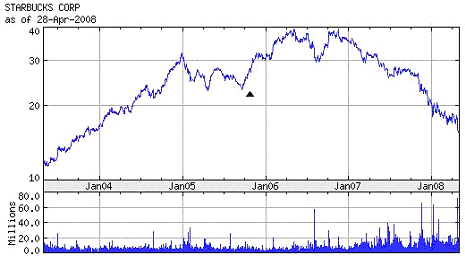January 18, 2008 – Business Management Article
IBM and importance of small and medium businesses
Out of IBM’s total sales, Small and medium business (SMB) revenues account for about 19%. In the fourth quarter 2007, IBM reported that SMB revenues increased by 11% to $5.4 billion. Overall, IBM reported that fourth quarter revenues increased 10% year-over-year to $28.9 billion. Michael Rodin, GM for IBM’s Lotus Notes unit said that, “Small businesses need superior collaboration technology as much as large companies do.”
IBM’s second announced acquisition in 2008
With sales to small businesses becoming increasingly important to IBM, the company announced that it had made its second acquisition of 2008. IBM acquired Toronto-based Net Integration Technologies (NIT). NIT is a developer of an all-in-one business server aimed at small- and mid-sized companies. Financial terms of the deal were not disclosed. IBM expects to close the acquisition in the first quarter of 2008.
Nitix, NIT’s small all-in-one business server, (Linux based system ) is for companies with little or no in-house IT support. It includes Lotus Notes e-mail, file management, directory services, back up and recovery tools, and optional business applications. NIT’s mainly sells to small business environment customers (small- and mid-sized companies) like auto dealerships, law offices, real estate agency branch offices, and others.
IBM recently acquired XIV Ltd., a Tel Aviv-based manufacturer of high-performance digital storage systems earlier this month. Last year, IBM had also acquired Cognos, a Canadian developer of business intelligence software in a $5 billion deal. In 2007, IBM made nine acquisitions.




